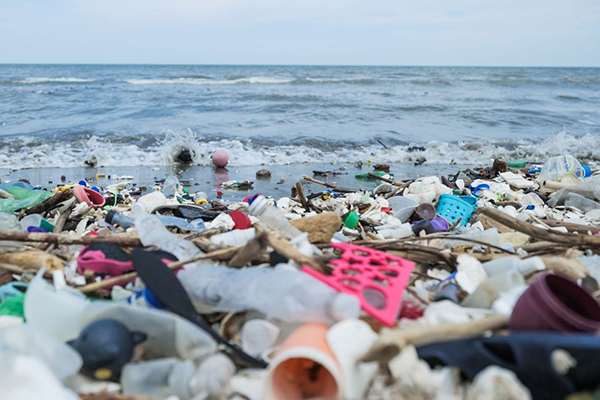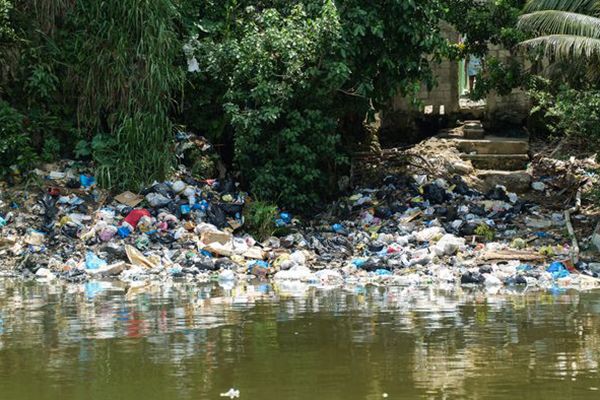Plastic retail packaging is a major environmental problem. It is estimated that over 8 million tons of plastic waste enters the ocean each year. This plastic waste can take hundreds or even thousands of years to decompose, and it often harms marine life and pollutes beaches.
There are a number of problems with plastic retail packaging. First, it is often unnecessary. Many products are packaged in plastic that is not needed to protect the product or to keep it fresh. Second, plastic packaging is often difficult to recycle. Only a small percentage of plastic packaging is actually recycled, and the rest ends up in landfills or incinerators. Third, plastic packaging can release harmful chemicals into the environment.
The following are some of the specific problems caused by plastic retail packaging:
- Ocean pollution: Plastic waste is a major source of pollution in the ocean. It can harm marine life by entangling them or blocking their digestive systems. Plastic waste can also break down into small pieces, known as microplastics, which can be ingested by marine life and enter the food chain.
- Landfill pollution: Plastic packaging is a major component of landfill waste. It can take hundreds or even thousands of years to decompose, and it releases methane, a greenhouse gas, as it decomposes.
- Incinerator emissions: When plastic packaging is incinerated, it releases harmful chemicals into the air, including dioxins and furans. These chemicals can cause cancer and other health problems.
- Chemical contamination: Some plastic packaging contains harmful chemicals, such as bisphenol A (BPA) and phthalates. These chemicals can leach into food and drinks, and they can be harmful to human health.
What Can Be Done to Reduce Plastic Retail Packaging?
There are a number of things that can be done to reduce plastic retail packaging. First, consumers can choose products that are packaged in less plastic or in no plastic at all. Second, consumers can recycle plastic packaging whenever possible. Third, businesses can reduce their use of plastic packaging by using alternative materials, such as cardboard or glass, and by designing packaging that is easier to recycle.
Governments can also play a role in reducing plastic retail packaging by implementing policies such as bans on single-use plastic bags and extended producer responsibility programs. Extended producer responsibility programs require manufacturers to take responsibility for the end-of-life management of their products, including packaging.
Conclusion
Plastic retail packaging is a major environmental problem. It is important to reduce our reliance on plastic packaging and to choose products that are packaged in less plastic or in no plastic at all. Consumers, businesses, and governments all have a role to play in reducing plastic retail packaging.
Additional Information
The following are some tips for reducing plastic retail packaging:
- Bring your own reusable bags when you go shopping.
- Choose products that are packaged in less plastic or in no plastic at all.
- Buy in bulk to reduce the amount of packaging.
- Recycle plastic packaging whenever possible.
- Compost food scraps to reduce the need for plastic packaging.
- Support businesses that are working to reduce their use of plastic packaging.
Post time: 10-24-2023



